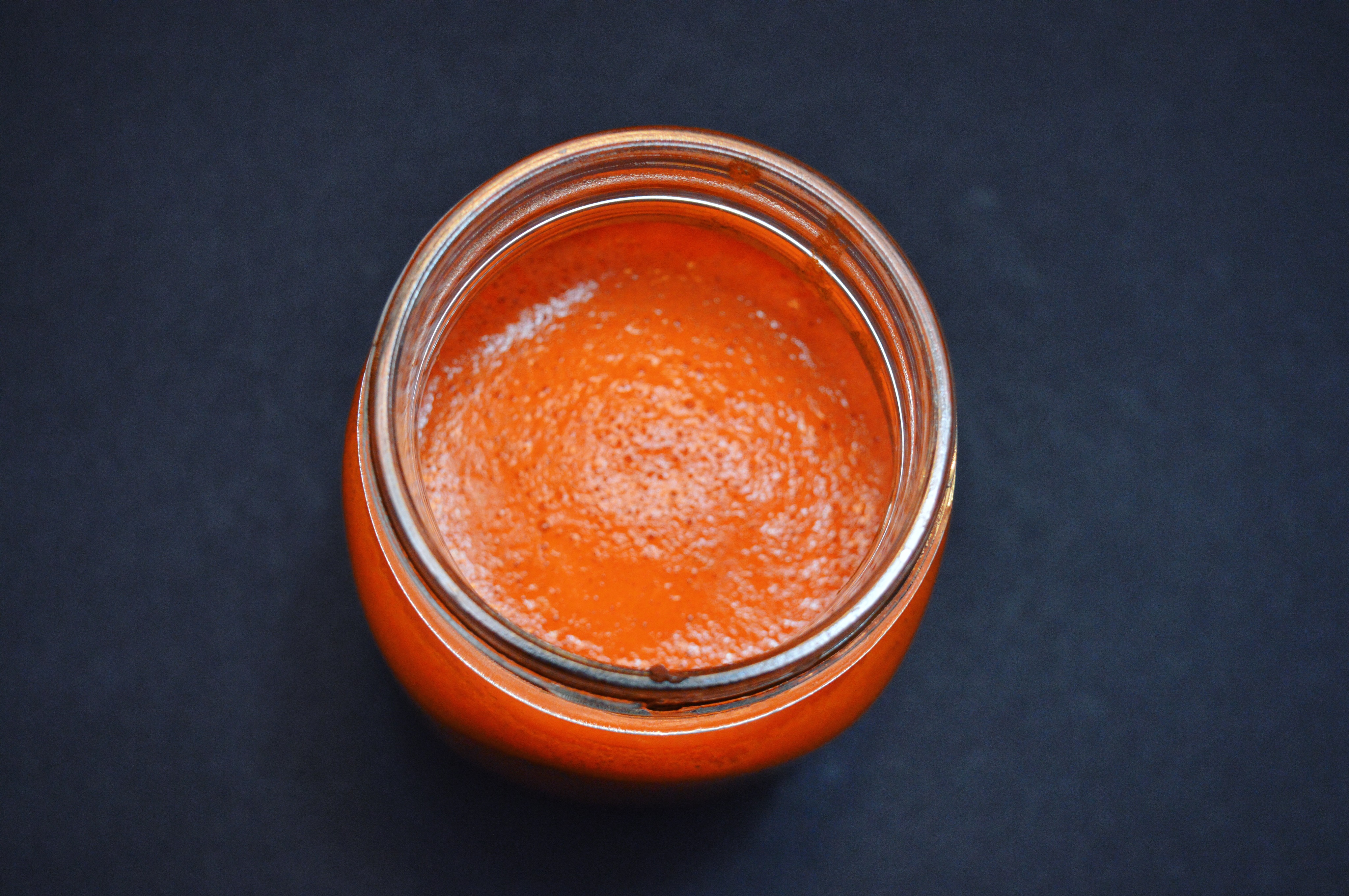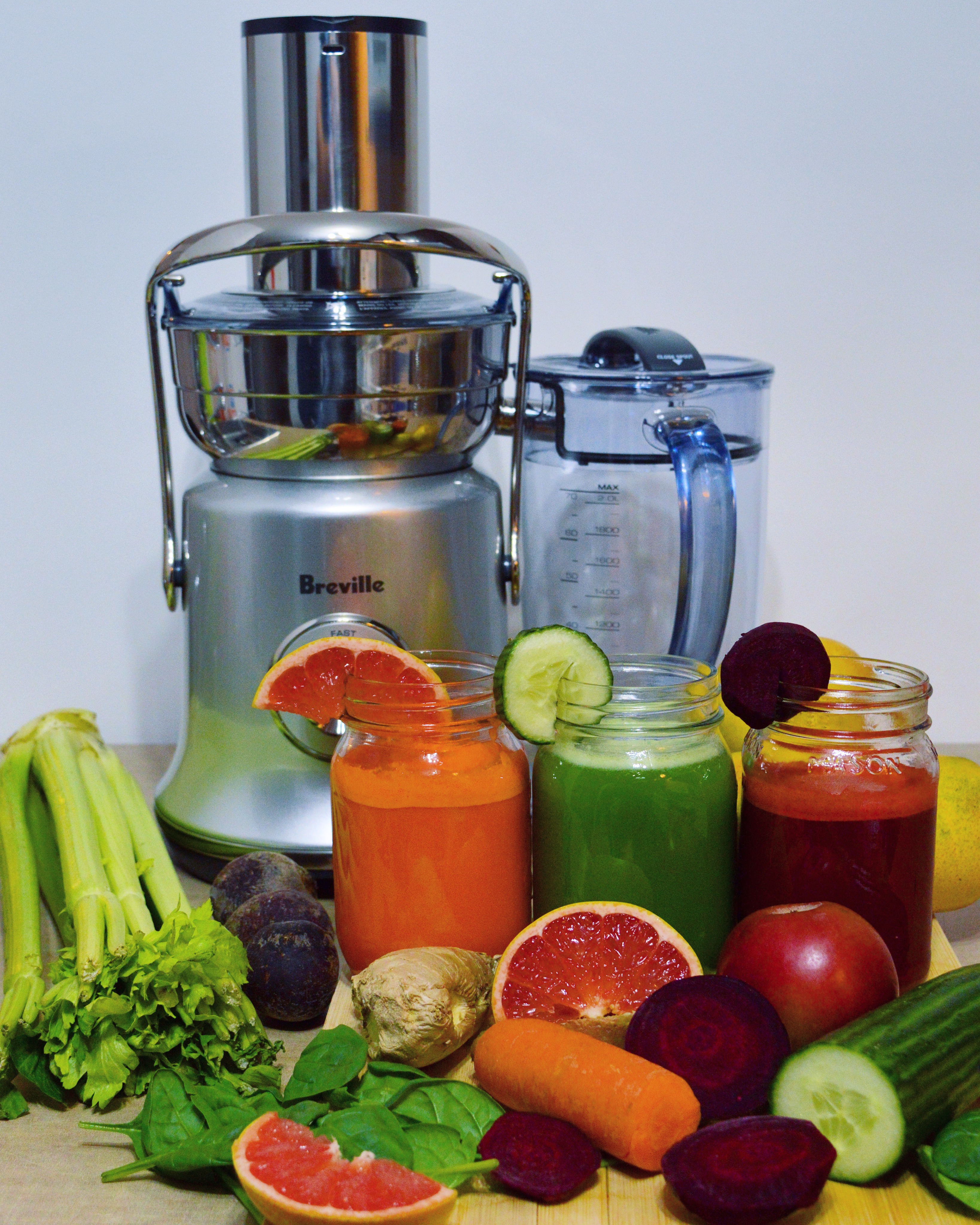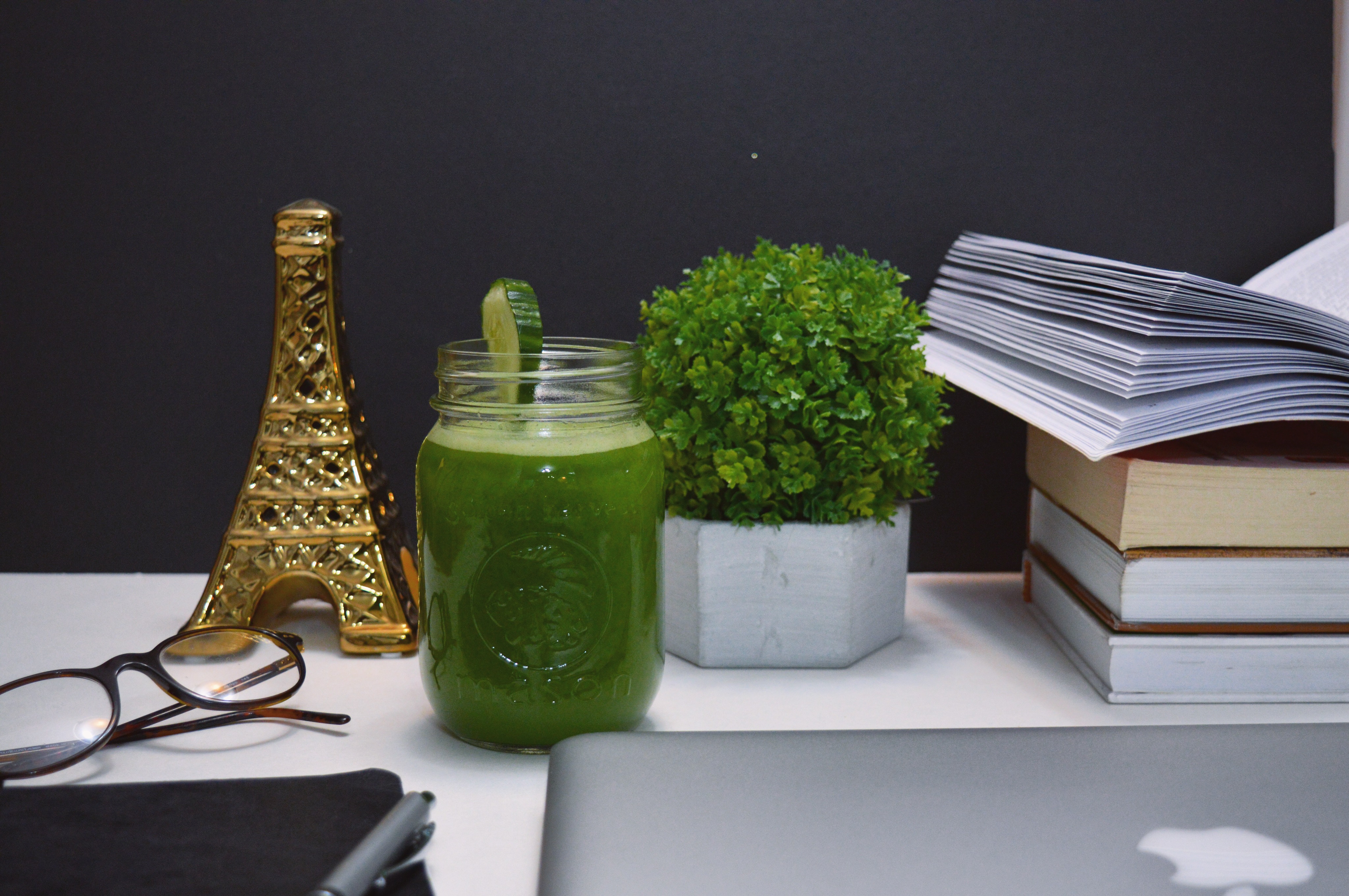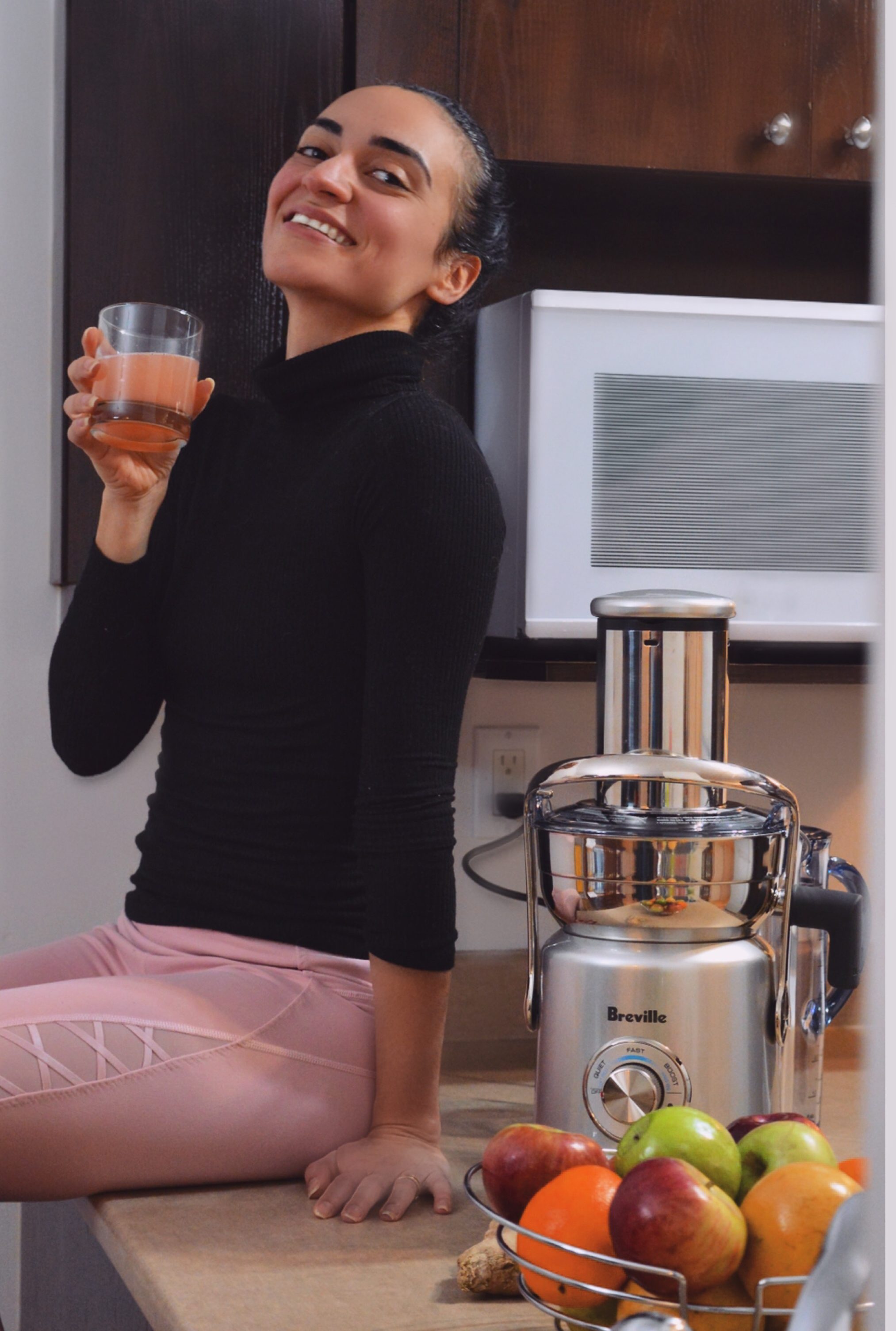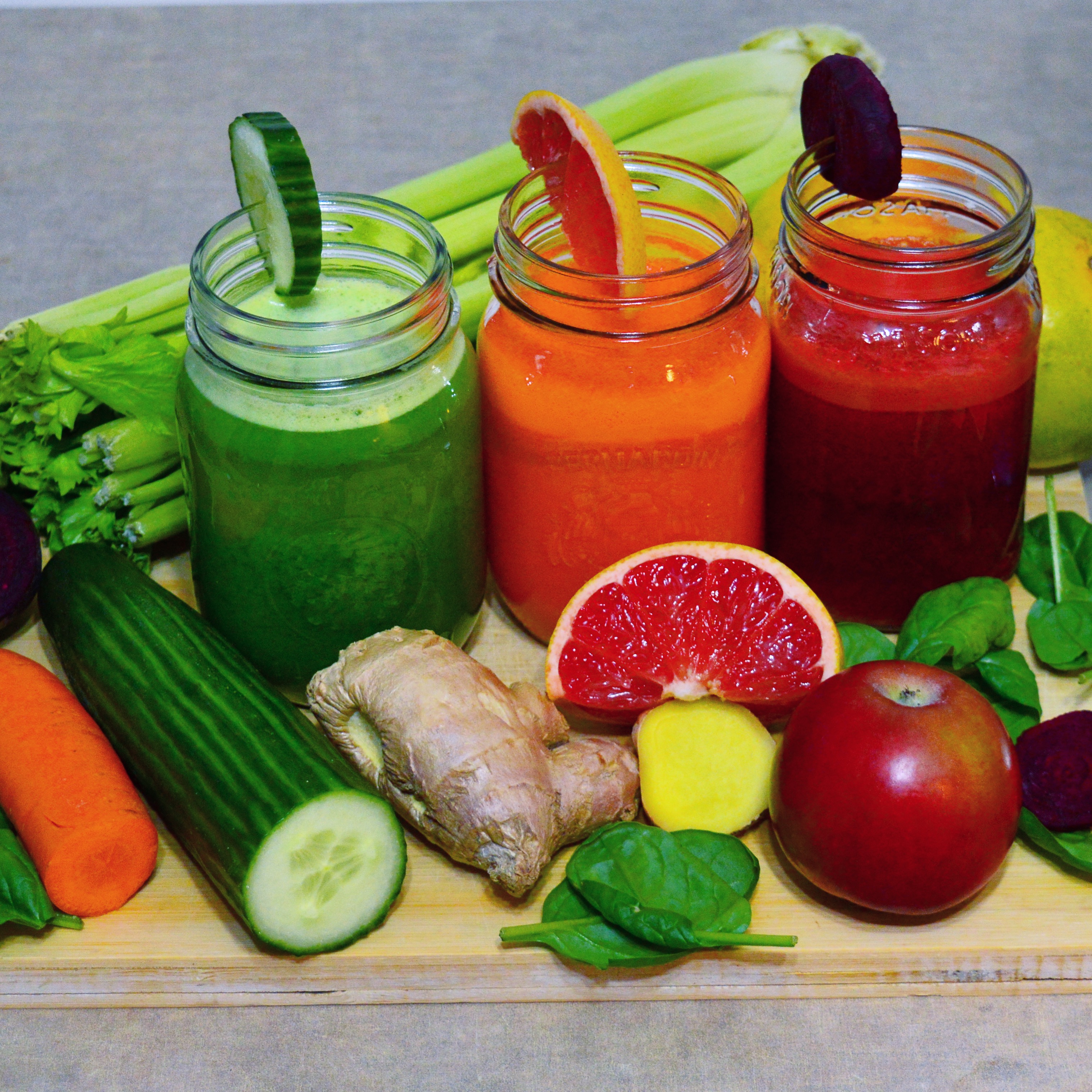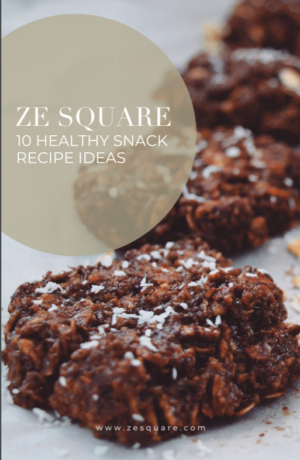When I was first introduced to “juicing”, I first believed it simply referred to making juices from home and second, I wondered what was the difference between a juice and a smoothie, and whether we could replace one by the other. Typically, my thought process was: “I already own a blender, is there really an added health value in purchasing a juice extractor as well?”
What I wasn’t aware of was that “juicing” specifically referred to a period of 3-10 days when a person’s diet consists mainly of fruit and vegetable juices, to detoxify. Now while I would absolutely not recommend going on such a diet, there are benefits of making juices from home and… I am now a juice extractor owner!
Before getting further with this post, let me first explain the difference between a smoothie and a juice, just to make sure everyone understands. When you juice fruits and veggies, you simply extract the juices within the fruits and vegetables, leaving out the pulp and insoluble fiber* which creates a highly concentrated drink, full of mineral, vitamins and soluble fiber*. Whereas when you blend fruits and veggies for a smoothie, the food’s skin, pulp and insoluble fiber are left intact, which results in a thicker and more filling drink.
For those of you who don’t know, dietary fibers are complex carbs that cannot be digested by human beings. But just because we can’t digest them doesn’t mean dietary fibers are useless. They are actually precious nutrients precisely because we can’t digest them. There are two types of dietary fibers:
- Insoluble fibers (lost out when you juice, present when you blend), make for a true natural laxative! They absorb multiple times their weight in water, provide a feeling of satiety and stimulate the contractions of your intestinal walls, thus contributing to prevent constipation all while extending the feeling of satiety. You find insoluble fibers mostly in fruits and vegetables’ skin (but also in legumes, complete cereals, grains, root vegetables…). Many people feel great discomfort after ingesting insoluble fibers. That’s why juicing can be a great option for them.
- Soluble fibers (present in both smoothies and juices): When soluble fibers enter in contact with water, they become viscous and make it easy for residue to slide. Consequently, soluble fibers reduce the absorption of fat, bad cholesterol and triglyceride, help prevent cardiovascular diseases and enable to control blood sugar levels. They are softer for the digestive system and reduce digestive discomforts. Since soluble fibers slow down digestion, you feel full longer.
Now, while juicing looks sexy and all, you need to proceed the right way.
The general rule is: First, 80% of your juice should comprise vegetables and 20% should comprise fruits. Second, don’t overdo it and consume with moderation. Fruits and vegetable contain sugar. If you consume too much of it, you will gain weight.
Why do I love making juices and when do I prefer to make them.
- It allows you to consume more fruits and veggies at once.
- Takes a load off the digestive system and makes it easy to absorb all the nutrients you need.
There’s quite simply nothing like a freshly squeezed juice in the morning! (Especially in the summertime, while brunching in my terrasse and feeling the sun burning my skin. AH!) It gives you a good dose of vitamins, antioxidants, and minerals, and it tastes absolutely delish.
If you’re thinking about juicers, I personally have the Breville Juice Fountain, which is probably the best product on the market. It allows you to juice whole fruits and veggies without pre-cutting them, five times faster than a cold press machine, it has a large juicing capacity (70 fl. oz.) and the jog can be sealed and kept in the fridge for up to three days.
Here are 3 recipes for you to try at home!
For 2 servings:
Green Goodness:
– 1 cup baby spinach
– 3 celery
– 1 large cucumber
– 1/4 Lemon
– 1 apple
– 1/2 inch ginger
Sweet Red:
– 3 small beets
– 3 carrots
– 1 apple
– 1/2 lemon
– 1/2 inch ginger
Slightly Sour Orange (my fav!):
– 2 oranges
– 4 carrots
– 1/2 inch ginger
